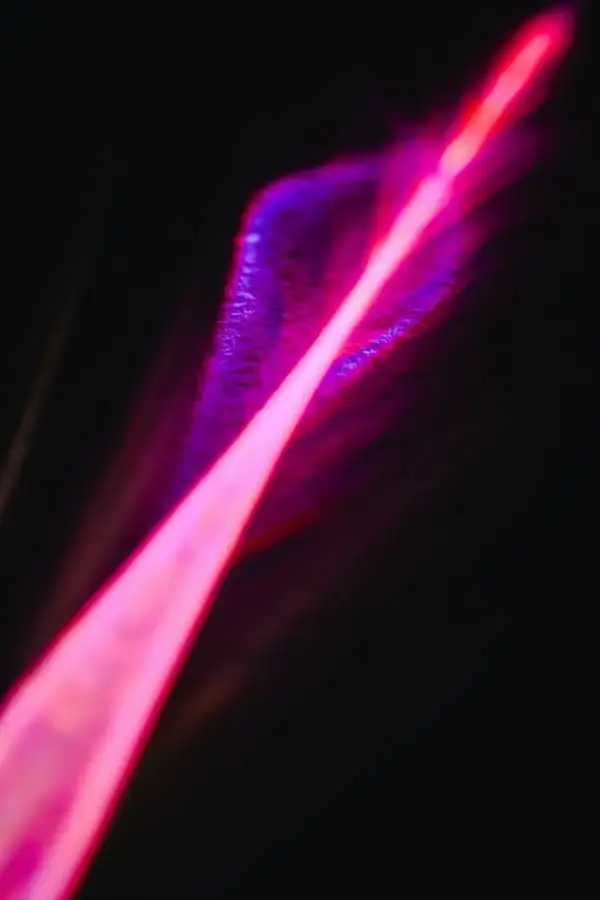- Have any questions?
- +91 9210626626
- info@markolaser.com
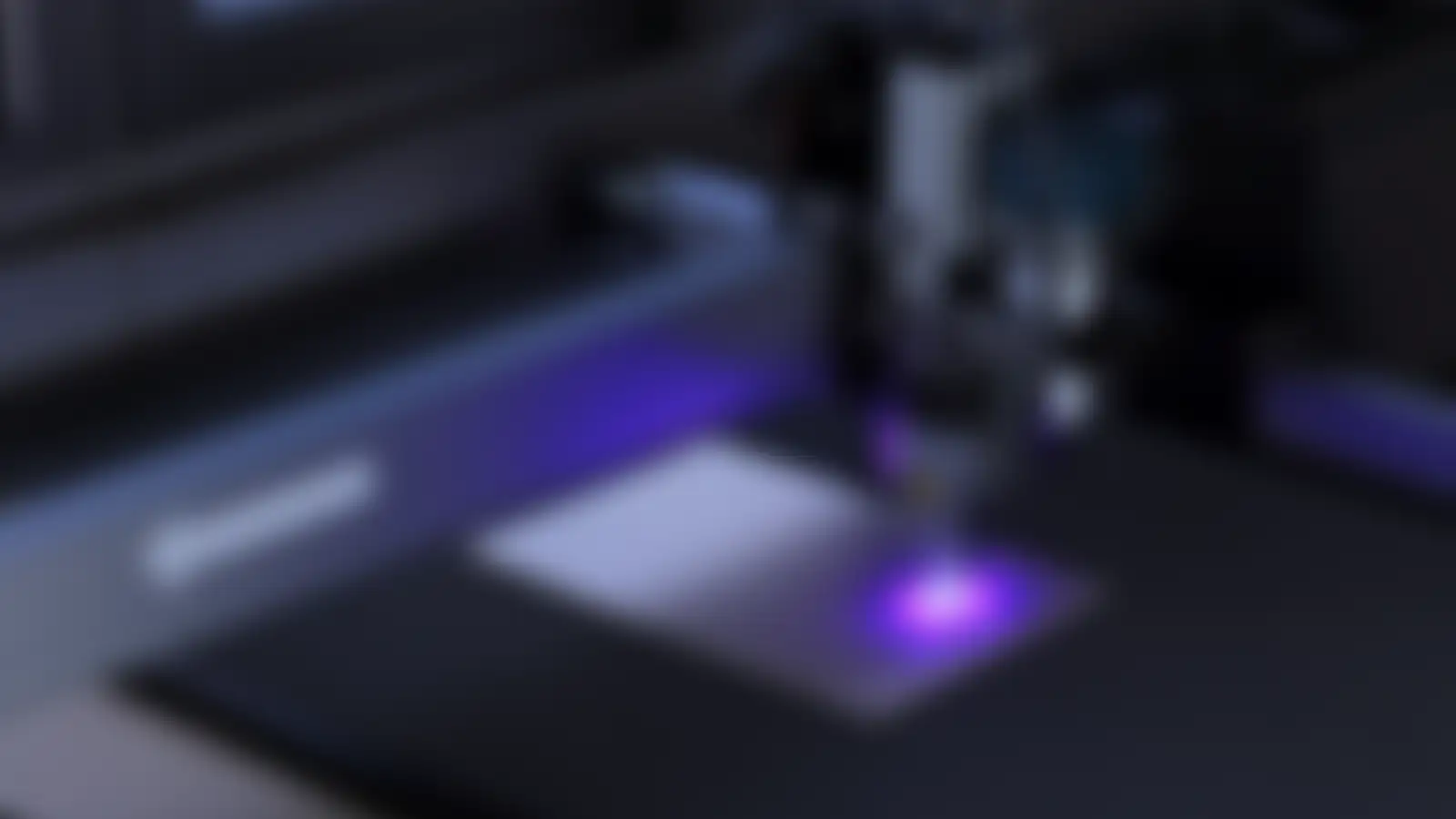
UV Laser
There are many types of rays that make up the electromagnetic spectrum, ranging from Radio waves to Ultraviolet rays. Starting with the longest-wavelength radio waves, the spectrum includes microwaves, infrared waves, visible rays, and finally ultraviolet rays with its shorter wavelength. Each type of ray has its own unique properties and applications.
The ultraviolet rays are further divided into:
Long wave UV (UV-A) Wavelength from (315-400nm),
Middle wave UV (UV-B) Wavelength from (290-320nm),
Short wave UV (UV-C) Wavelength from (200-290nm).
Vacuum UV Wavelength from 100-200nm in which 145 wavelengths of the ozone layer.
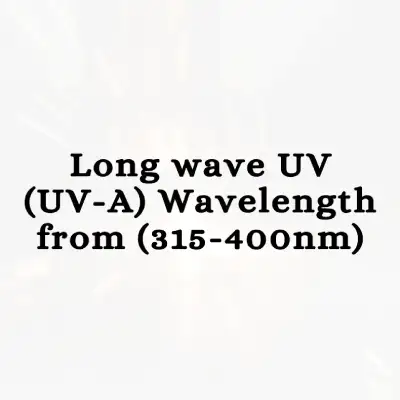
Long Wave UV
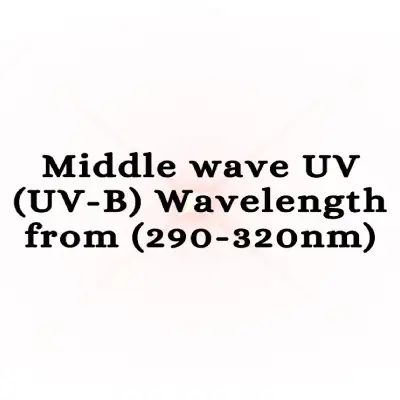
Middle Wave UV
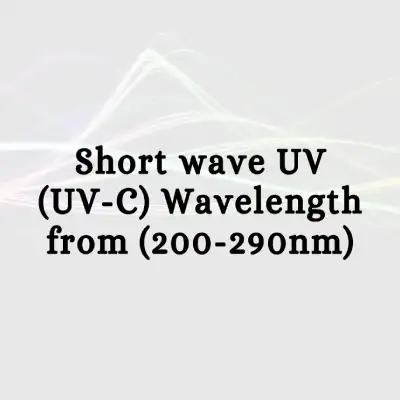
Short Wave UV
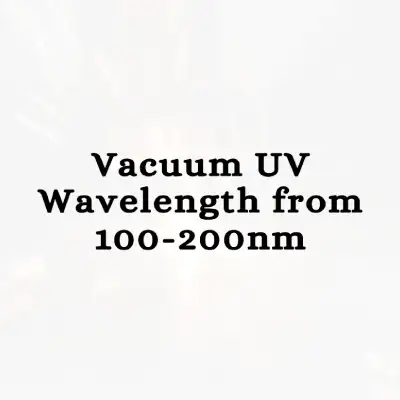
Vacuum UV
In these long waves, UV-A radiation is not very harmful to the human body and is often used in cosmetic surgeries. The other two UV-B and UV-C radiations, however, can be dangerous and must be used with proper safety measures when working with different materials and in different processes.
UV Laser is also known as Cold Laser marking. It is a special type of laser used in various materials. Its wavelength is between 150-400 nm. UV radiation is considered a third harmonic generation laser as it emits one-third of the pump wavelength which is achieved by the interaction of two stages. The frequency of Nd: YAG is converted to make II harmonic laser with wavelength 215nm to 380nm and III harmonic lasers with wavelength 197nm to 220nm.
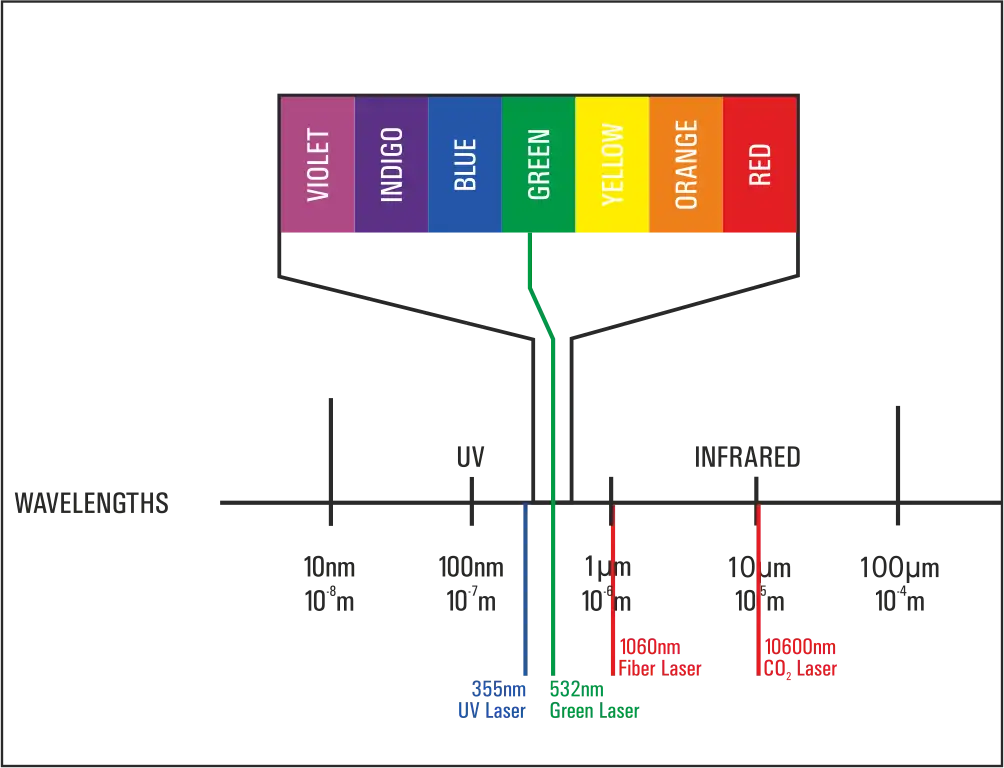
General Characteristics:
Energy Output: 1%
UV Beam Diameter: 3 - 6 mm, depending on amplifier cell type
Cold Laser
The reason why UV lasers are also known as “Cold lasers” is because it breaks the bond of atoms and molecules on the product which prevents it from overheating and leads to giving precise and accurate results on the material as it gets evaporated, unlike other lasers which do not give precise marking results as the heat produce by them deposit some of the material on the surface.
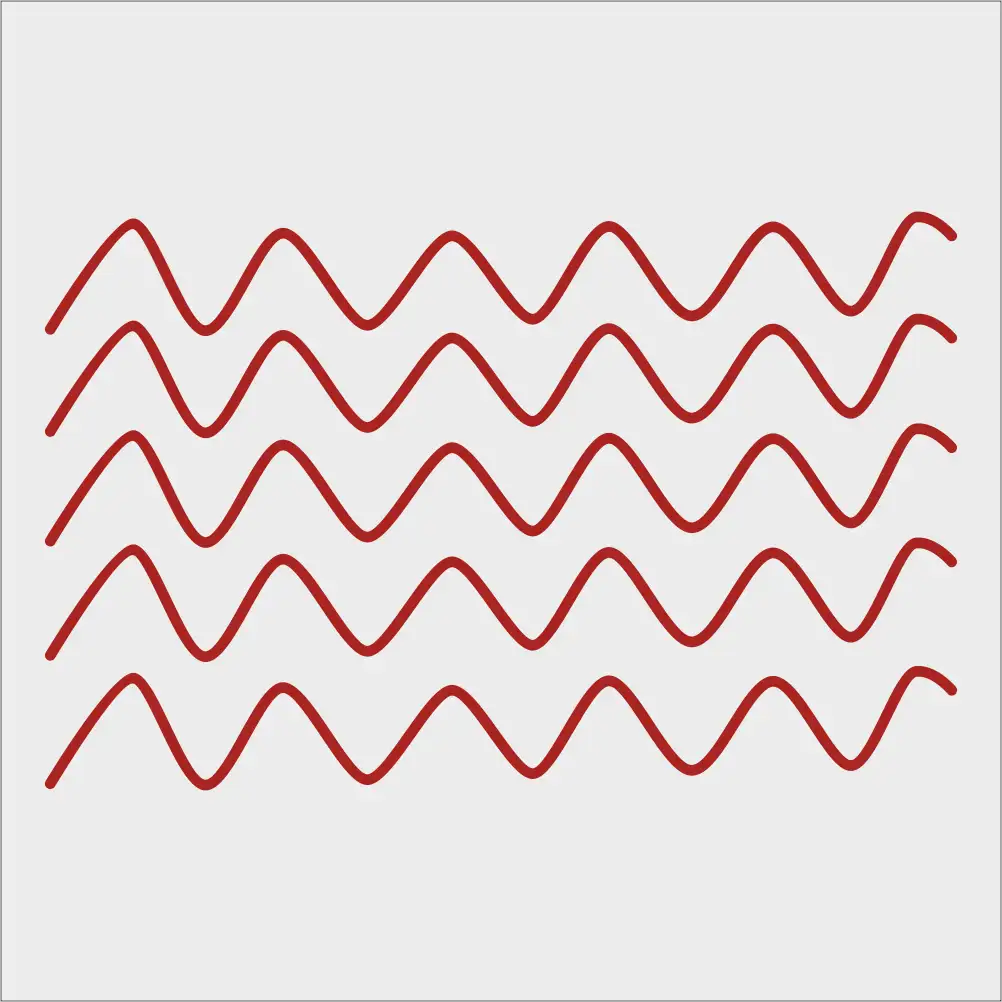
Coherence: The waves travel in the same phase with the same consistency.
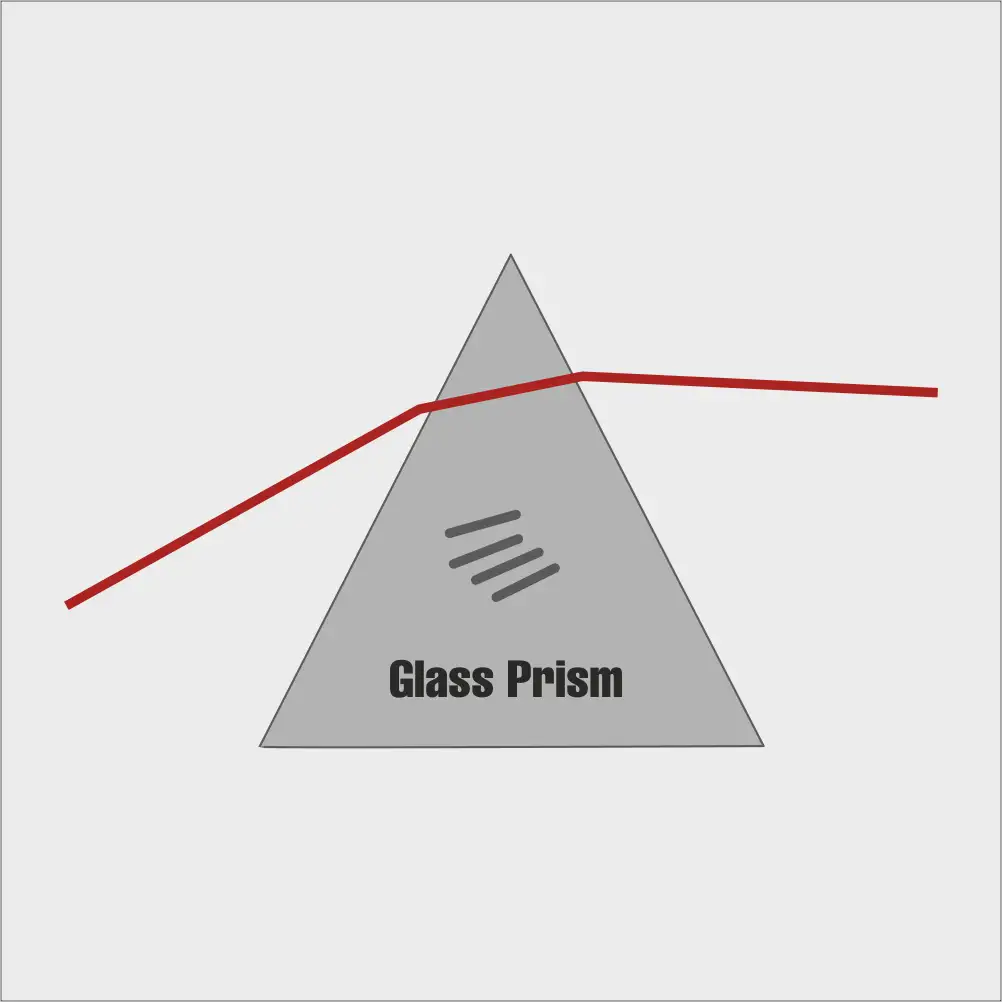
Monochromaticity: The light produced at the end is of a single wavelength.
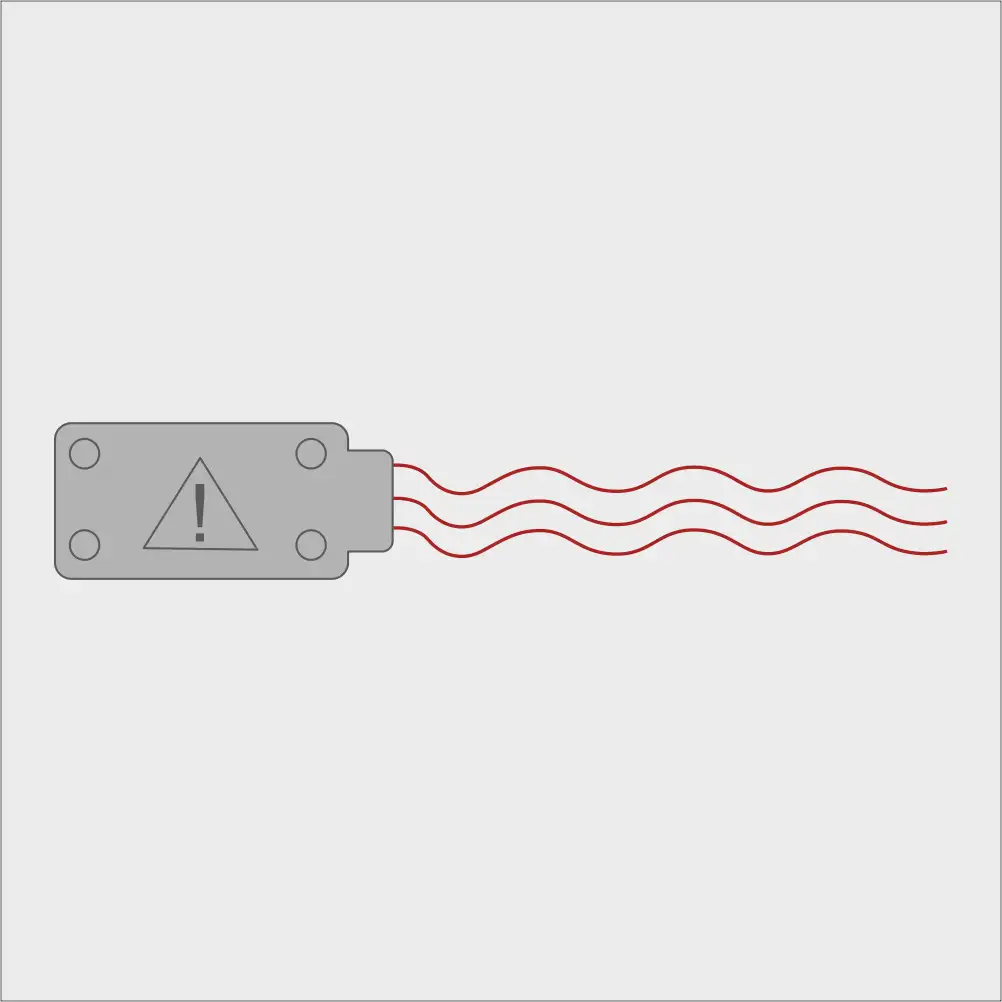
Directionality: Light emitted is highly directional unlike the light emitted from a normal torch or bulb.
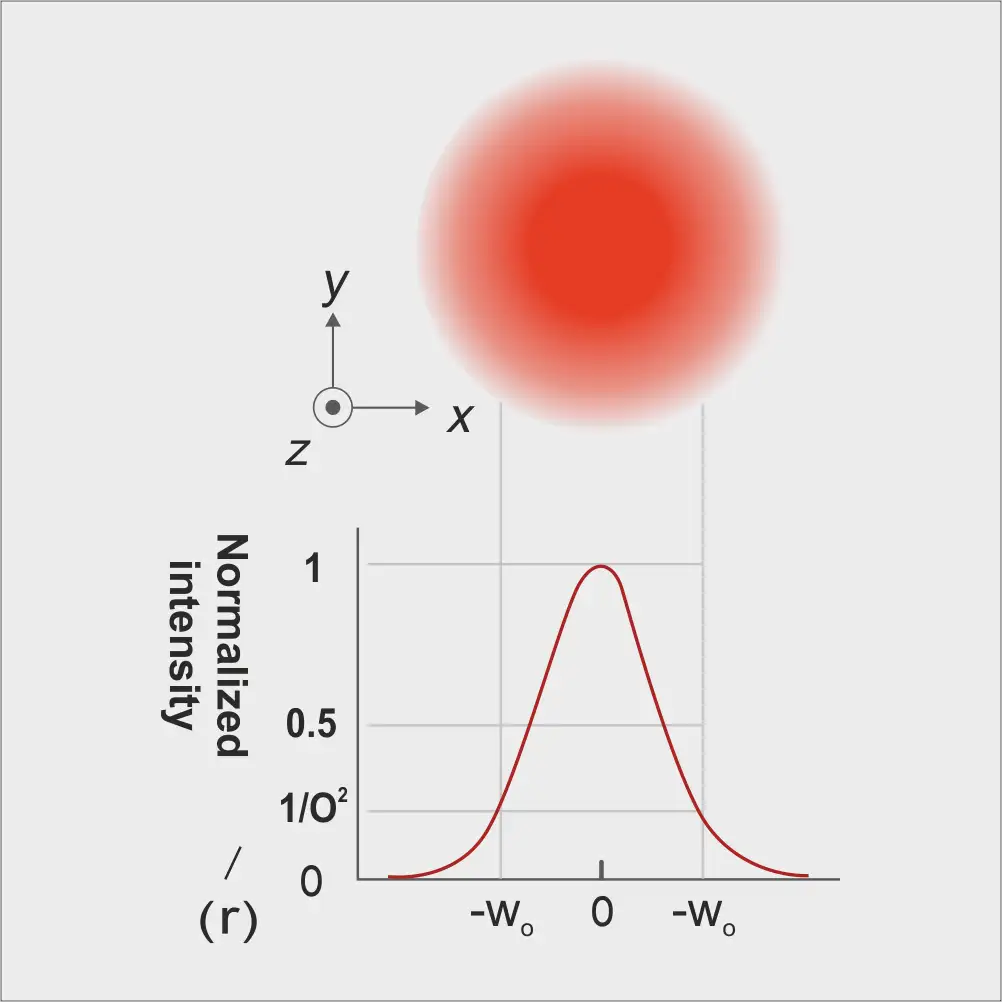
Intensity: The light emitted with equal strength.
UV lasers are used for applications that need ultrafine results on the materials. Some of the applications of UV Laser are:
Micro-erosion tools, engraving, Precision marking on glass and on synthetic material.
Ultra-Fine marking or any other process on medical equipment, Electronics, and semiconductors. Minor level processing on plastics, and 3D excavation on different types of metals.
Why UV Lasers?
UV lasers offer many advantages for precision applications, including their short wavelength, high energy intensity, and short pulse widths. These features allow for focused spots and small, precise material removal with each pulse, enabling the production of well-defined microstructures.
The intense photon energy of UV lasers also produces a clean surface when the material is removed in the vapor phase. This process is called ablation and is much more efficient than traditional cutting techniques. Additionally, UV light breaks the bonds between the atoms and molecules of the material, preventing it from overheating and creating a heat-affected zone (HAZ).
This process is known as cold processing and is ideal for delicate applications where heat damage is a concern. By taking advantage of the unique properties of UV lasers, manufacturers are better able to achieve the precision and accuracy they need for their projects.
Why UV Laser is preferred over IR Lasers?
UV lasers offer several advantages over IR lasers, making them the preferred choice for many applications. Unlike IR lasers that penetrate deep into materials and can cause heat-affected zones and corrosion, UV lasers produce precise marks on the surface with no heat-affected zones, leaving the material corrosion-resistant.
UV lasers are also ideal for processing materials such as plastics, flexible circuit boards, and reinforced polymers that can be damaged by IR lasers. UV lasers break the molecular bonds on the surface of these materials, resulting in more precise and smooth edges with minimal carbonization and cold processing.
In addition, UV lasers can be used to interact with a wide variety of materials, including glass, ceramic, reinforced polymers, and even highly reflective precious metals such as silver, gold, copper, and more.
Comparison between ultraviolet laser and ordinary infrared laser:
| Type of Laser/ Characteristics | UV Laser | Infrared Laser |
| Wavelength | Short (355nm) | Long (1064nm) |
| Beam Quality | High | Good |
| Marking Line width | Narrow (10 μm) | Width (>20 μm) |
| Affect Area | Small | Large |
| Material | All materials | Limited |
| Processing | Cold | Heat |
Advantages of pulsed UV laser over a pulsed fiber laser.
Depending on the application, UV lasers can offer several advantages over fiber lasers, including:
Shorter wavelength: UV lasers emit light with a shorter wavelength than fiber lasers, making them more effective when marking, cutting or modifying certain materials, such as those that are transparent or reflective.
Higher peak power: Pulsed UV lasers can have higher peak power than pulsed fiber lasers, allowing for more precise cuts or modifications.
Better ablation performance: UV lasers can be more effective at ablation (vaporizing or removing material) than fiber lasers, particularly for materials that are resistant to ablation or that have high absorption in the UV part of the spectrum.
Better beam quality: UV lasers can have a better beam quality than fiber lasers, resulting in higher accuracy and precision.
Industries where UV Laser can be the game changer:
UV Laser on Medical Devices (Plastics and Silicon rubber):
UV laser on Plastics
The healthcare or medical sector consists of various array of industries and one of them is manufacturing medical equipment and tracking them by UDI codes, Data metrics, and other tracking information. And these codes should be marked or engraved very precisely because if even a minor level malfunction takes place, inaccurate tracking information will be received.
The best option to opt out for marking or engraving of such complex codes is to use cold lasers or UV lasers, which will allow you to achieve the highest level of precision even on the tiniest surface of medical equipment with long-running quality and difficult-to-copy-or alter the data.
Medical devices come into direct or indirect contact with patients, so the markings or engraving should not contain any chemicals that can cause an allergic reaction. UV lasers are hygienic and biocompatible.
The UDI Codes marking should be smooth to the touch to eliminate the space for bacteria. UV laser is strongly absorbed by the material, unlike the other lasers. It directly breaks the bond on substrates (plastic) and results in eliminating the heat-affected zone (HAZ).
Marking on Medical devices on SS (400 series), tungsten coated material by UV Laser is passivation, sterilization, and corrosion resistant according to ASTM A967-05 Standard Specification.
UV laser on Silicone rubber
In medical equipment, silicon rubber is also used in transparent form and one of the advantages of UV lasers is that it is used to focus the marking inside the transparent substrate. Usually, this applies to products that are used for intubation or other applications in which they come in direct contact with the patient.
Sensitive medical devices like Guidewire, Cannulas are marked or engraved with UV lasers.
Silicone catheter
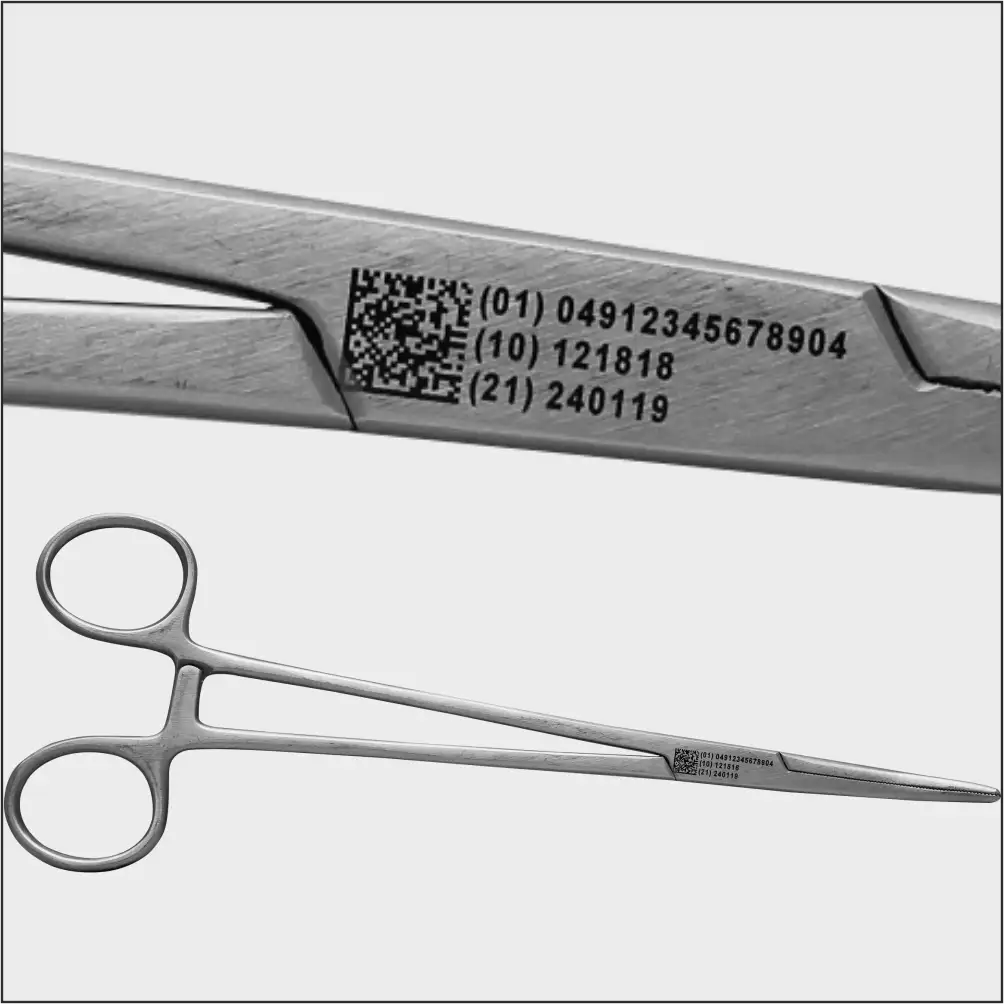
UDI marking
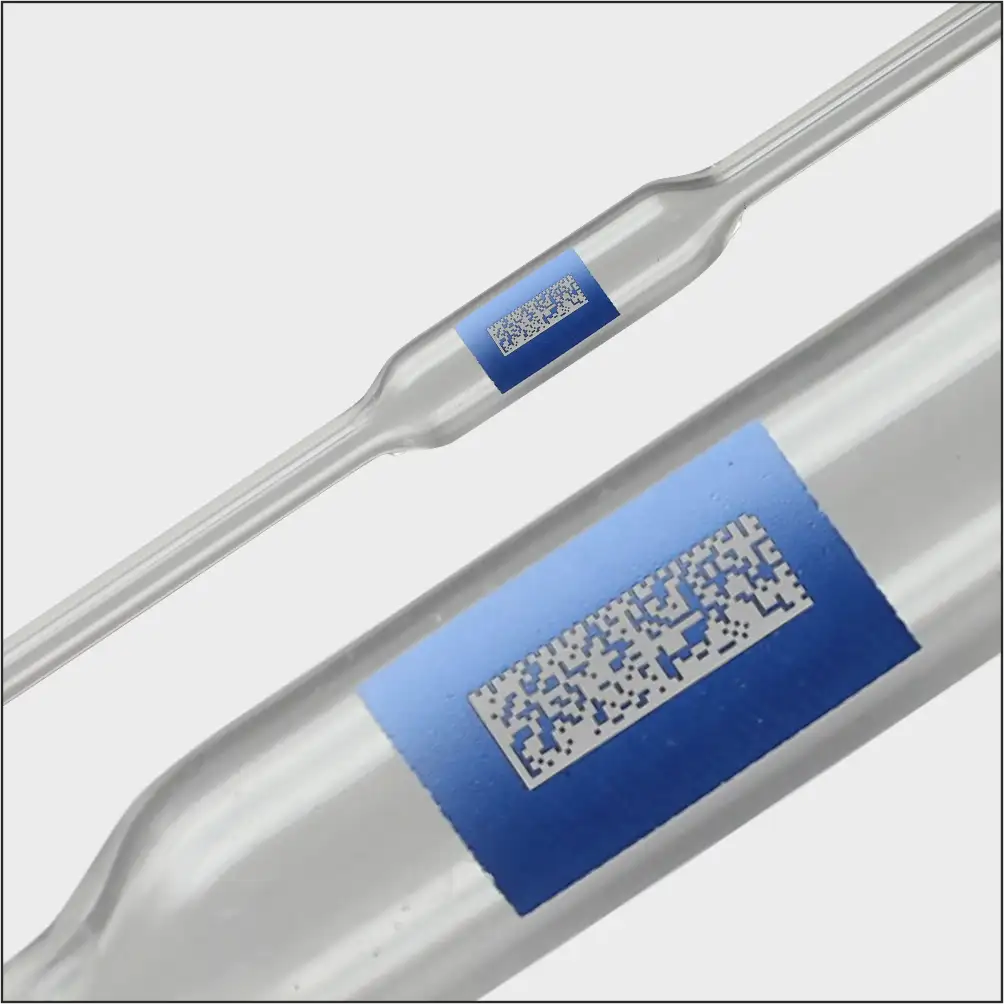
UDI marking on Glass
Labelling Classification
| Class | Risk and Control | Categories | Marking System |
| Class I | Low risk & Easy control devices | Surgical Scissors, Stethoscopes, Syringes, Bandages | Labels on Packaging |
| Class II | Moderate risk & general/special control | Bone-Screws, Powered Wheelchairs | Direct Part Marking |
| Class III | High risk, Lifesaving/ sustaining | Pacemakers, Heart valve, Prosthesis | Direct Part Marking |
| UDI marking is mandatory for reusable devices which need sterilization/ disinfection like Surgical Instruments. | |||
UV Laser on Ceramics:
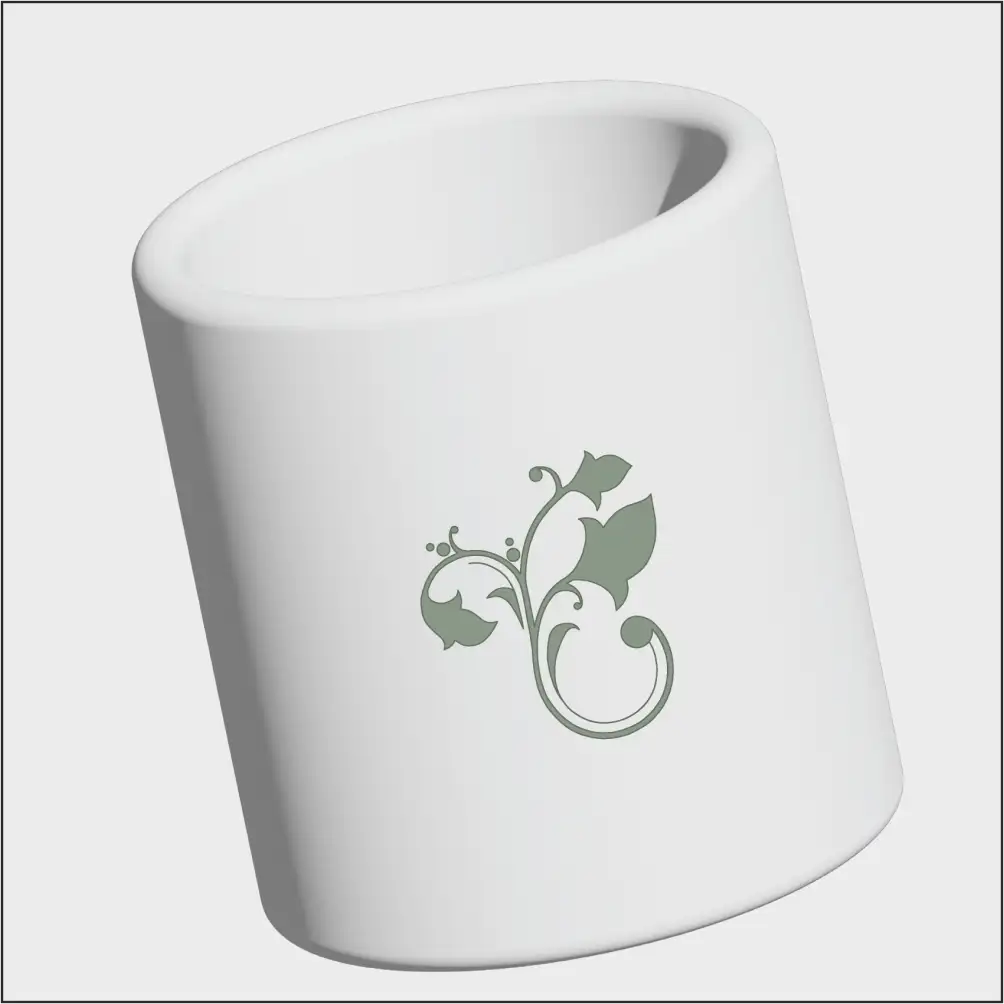
Ceramic substrates are among the hardest materials to mark and traditional marking techniques don't work on them. It is very important to mark or engrave the special ceramics used in the manufacture of watches and jewelry very meticulously. Inaccurate marking or engraving techniques can make the product look unattractive and also compromise its strength.
It is the properties of special ceramics that resist chemical erosion, are lightweight, anti-magnetic, and non-allergic to the human body, and the color will not fade.
Marking or engraving these ceramics must be precise and accurate. With UV lasers or cold lasers, even the tiniest surface can be engraved or marked with ultra-precision. 0.1-0.3% is the accuracy range of UV lasers and the small diameter of the UV laser makes it possible to reach in few micrometers and give a high-resolution result.
UV Laser Marking on Electronic parts and semiconductors:
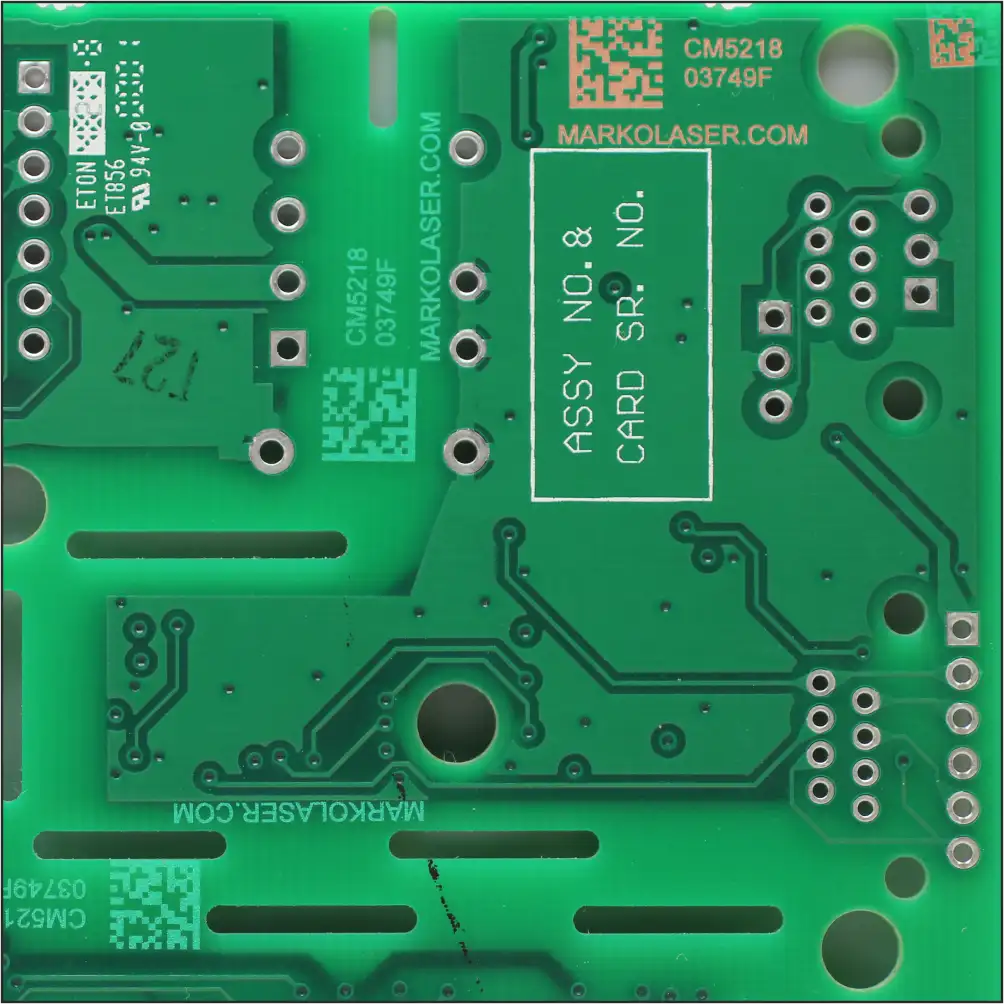
Marking on PCB
UV laser markers offer an optimal solution for marking electronic parts due to their incredibly high material absorption rate. Unlike conventional laser markers, UV laser markers are capable of marking sealing resins without transmitting energy and damaging the internal components of the device.
Some of the applications of UV laser markers include PCB cutting, and marking on earphones, chargers, and MCBs. With electronic parts becoming smaller and their sealing resins thinner, UV laser markers are the perfect tool to ensure parts are marked without causing any damage.
The applications of UV in the field of semiconductor chip processing are vast and varied, including chip cutting, wafer drilling micro-holes, wafer marking, laser adjustment of thin film resistance, laser measurement, laser etching, deep ultraviolet projection lithography, and much more.
Each application offers unique benefits, allowing for enhanced precision and accuracy in the production of semiconductor chips.
Silicon wafering
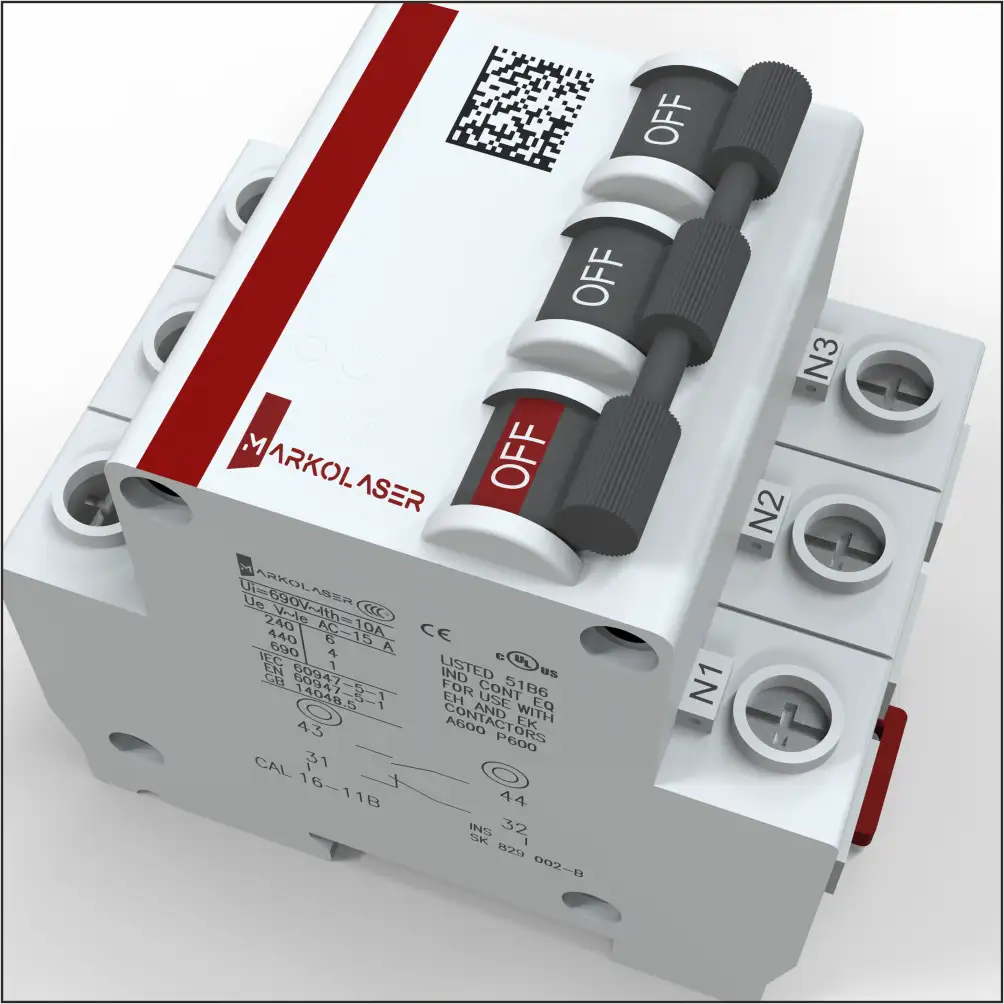
Marking on MCB
Controlled Thermal Micro Cracking on Glass:
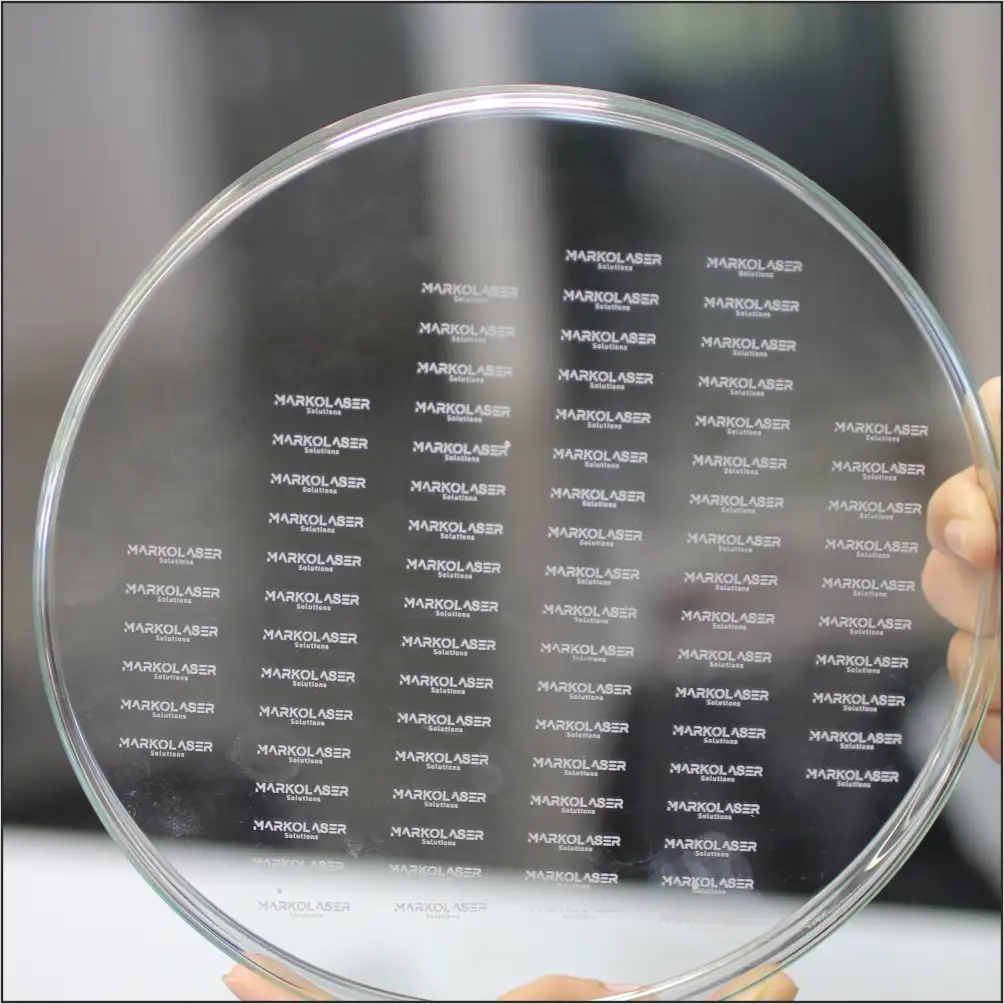
UV lasers enable the marking of glass parts without modifying their surface structure or chemical composition, thus preventing them from thermal breakage. The marks created by UV lasers are resistant to fading or erosion and can be made with a high level of precision.
One of the main advantages of using UV lasers for marking glass is that they can produce marks that are highly resistant to wear and tear. The marks made by UV lasers are durable and can withstand exposure to heat, moisture, and other harsh conditions.
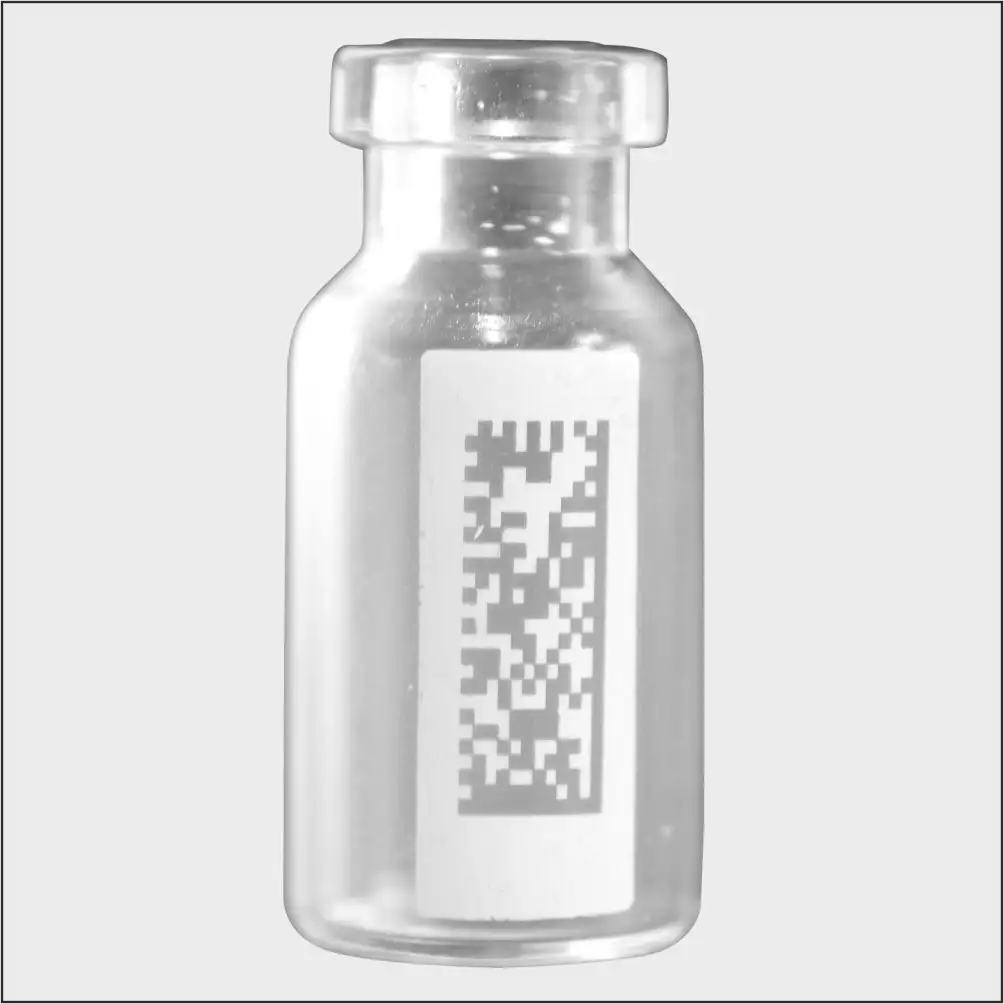
In addition, UV lasers do not generate much heat during the marking process, which means that they can be used to mark delicate or heat-sensitive glass products without damaging them.
UV lasers are commonly used to mark identifying information, such as serial numbers or logos, on glass products, such as eyeglasses, bottles, and vials. They are also used to mark patterns or images on the surface of the glass.

Sub-surface marking on Borosilicate Glass

Precise Sub-surface marking on Anti-Fog Glass
.webp)
Sub-surface marking on Clear Glass
Cold processing on Plastics:
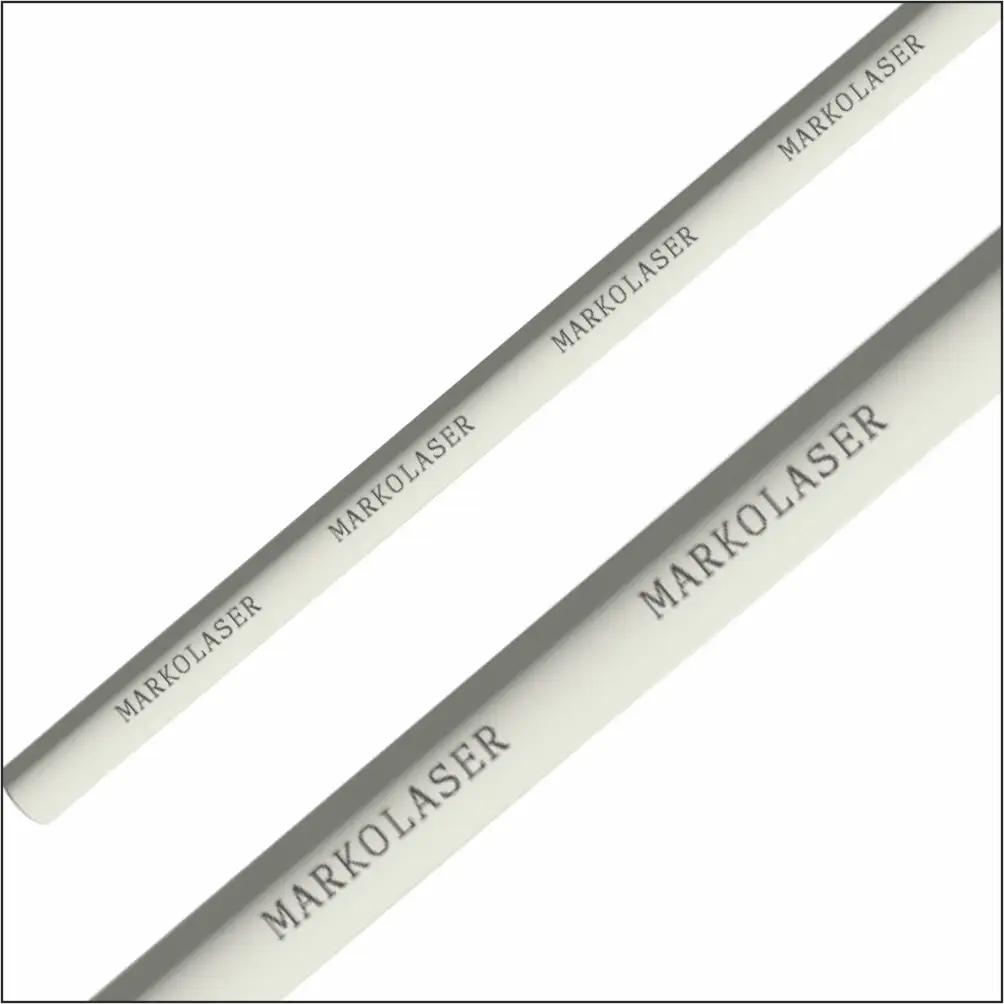
Laser Marking on Plastic Wire
Marking on vehicle plastic parts (Natural Polyamide), On plastic tubes (Silicon), Power switch covers (Urea formaldehyde white), and Laser marking on other materials such as ABS/NYLON /PE/ FLURO CARBON RESINS.
Jewelry Industry
UV Lasers are used in marking/ hall marking, micro cutting precious metals with high reflectance such as Gold, Silver, Copper, Platinum, Gemstones, etc.
Research & Development
Precise micromachining, micro & nano patterning, sub-surface annealing & sintering, micro drilling& cutting, etc.
Micromachining
- The conventional machining technique which is the direct contact process comes along with lots of difficulties which has been overcome in the non-traditional machining process such as the laser micromachining process.
- It induces minimal collateral damage and has wide applicability to all kinds of materials along with fast and bulk production.
- Short pulse laser systems show high effectiveness in operations such as drilling, cutting, material removal, etc., such that the joining of two distinct materials polymer and ceramic is possible.
- A short pulse laser boosts the target area of the surface thus increasing the material properties to critical limits.
- Laser micromachining can be used as a metallization tool for microfluidic polymer stacks. The metal foils are built into piles of polymeric layers by laser micromachining. These polymeric layers stick the metallic foil together and join them. Laser machining shows compatibility with various polymers without any chemical additives.
- Laser cutting is a thermal process in which a focused traversing of the laser beam is used to cut a slot. Hence, laser micromachining serves as a non-traditional cutting process for aluminum-based alloys, metals, glass, polymers, etc.
- Laser micromachining has many technological advantages in comparison to conventional technologies, such as design flexibility, the production of complex shapes, and the possibility of rapid prototyping.
- Another micromachining technique is Laser Induced Electrochemical Micromachining (LIECM) in which an ultraviolet laser beam known as an excimer laser beam is used to etch stainless steel in a solution of NaCl. The process includes many advantages like low temperature, little damage characteristics, and a high etching rate.

